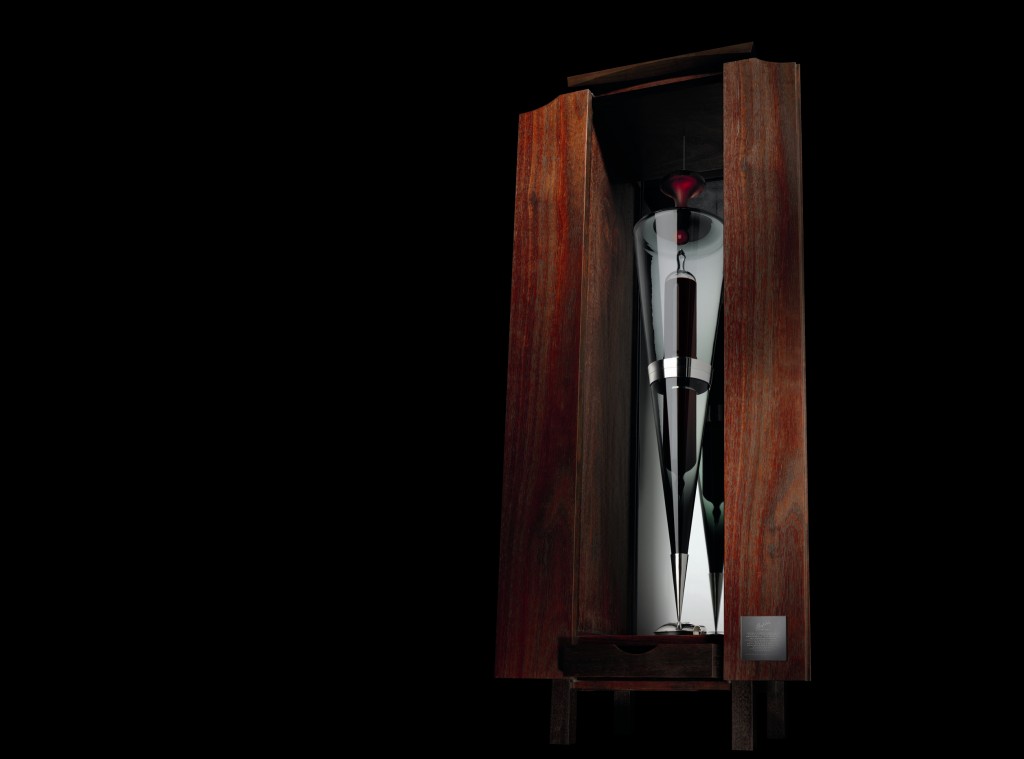Macquarie Dictionary’s recent acceptance of the coined words “apera” and “topaque” as replacements for “sherry” and “tokay” doesn’t make them sound any less silly. Nor does it change the fact they ignore the global language of fine wine – the origin, or terroir behind the products.
Rivers of management speak, marketing clichés and a $1 million budget (half from the Australian Government), delivered these two gems – after Australia agreed with Europe in 2008 on how and when to drop the remaining European place names and “traditional expressions” from our wine labels.
In reality, we’d phased out most European names (for example, chablis, claret, white burgundy and champagne) long before the signing in Brussels on 1 December 2008. The name “Sherry” alone posed a unique dilemma as the agreement also banned the associated style names, fino, amontillado, manzanilla and oloroso.
Our “port” producers adapted seamlessly to the new regime, simply retaining the words “tawny” and “vintage”, terms long associated with port. Drinkers would barely notice the change. Muscat was not affected at all, as it’s a varietal name and not banned, much to the relief of winemakers in its heartland, Rutherglen, Victoria
But Rutherglen producers balked at adopting muscadelle, the varietal name behind its other great fortified specialty, tokay. Muscadelle, they argued, sounded too similar to muscat. So it joined “sherry” in a quest for new names.
But it’s a quest muscadelle arguably didn’t need. Drinkers adapt readily to new or unfamiliar varietal names, evidenced by the success of savagnin blanc – a savoury dry white with a name scarily close, for those who scare easily, to the ubiquitous and unrelated sauvignon blanc.
Tokay could easily have been relabelled as muscadelle, in association with the Rutherglen’s trademarked quality and age descriptors – Rutherglen, classic, grand and rare. Not too hard to understand, I reckon – especially given the limited number of producers, long-established labels and distinct flavour differences between muscat and muscadelle.
This approach would have been consistent, too, with the varietal naming of Rutherglen’s other great fortified wine, muscat.
English wine writer, Jancis Robinson, an ardent admirer of these unique wines, commented scathingly, “The word Topaque is a very much more recent invention, as it looks, the creation of massed marketeers and focus groups. Is it a car? Is it an aftershave?”
Later, she elaborated, “The name Tokay was outlawed in 2005 and the Australians were given 10 years to phase in an alternative. A competition yielded nothing they considered usable but Campbell [Colin Campbell, Campbells Wines] cunningly squeezed half a million dollars out of the federal government on the basis that Rutherglen’s eight stickie producers had nobly made a significant concession so that all other Australian producers could benefit from those made by the EU in the bilateral trading agreement. This was spent on hiring an agency to survey the fortified wine market and come up with new names for the wines”.
But by the time of tokay’s and sherry’s banning, some in the industry likened the search for new names to the push, ultimately futile, by some in the eighties and nineties to come up with an Australian term for “Champagne”. Most makers didn’t give a toss. Rightly, they saw the discussion as irrelevant.
Large-scale commercial brands like Minchinbury, Carrington and Great Western simply dispensed with the “Champagne” name. The strength of the brands and packaging said all that needed to be said.
And upmarket producers took individual approaches. Why, they reasoned, would a big country like Australia, with its diverse sparkling-making regions and winemaker approaches, need a single name for upmarket bubbly styles? France’s Champagne was the distinctive product of a single region – hence, the regional name.
Our top makers gave us Croser, Pirie, Arras, Salinger, Chandon, Hanging Rock – and many more individual brands – packaged clearly as high-quality sparklers, often with varietal and regional information on the label. Quite simply, we didn’t need a single name. And our winemakers figured this out without government funding.
Unlike tokay-muscadelle, “sherry” isn’t so easy a name to replace, at the top end of the market anyway as it’s not made from a single variety. But at least the large scale (but declining) brands enjoy strong label recognition and can still be described as dry, medium dry, semi sweet and cream. They don’t need a replacement name any more than Minchinbury, Carrington and Great Western did.
Alas, though, some producers use the Spike Milliaganesque “apera”; and the Rutherglen makers seem solidly behind the equally frivolous “topaque”.
That the names remain largely in the minds of producers, not consumers, is apparent from comments surrounding the decision to include them in the Macquarie Dictionary from 2013. The accompanying press release declares, “Macquarie Dictionary Publisher and Editor Susan Butler said sometimes the English language changed of its own accord, seemingly undirected by anyone, but at other times it was given a clear nudge in a particular direction as is the case with apera and topaque.
“These new names have yet to acquire a patina of associations and customary usage, but no doubt they will as we settle down to having an apera before dinner and a topaque with dessert,” Susan said.
Somehow these names seem more wink than nudge, with a touch of farce and a splash of public money.
Copyright © Chris Shanahan 2012
First published 25 July in the The Canberra Times





